
One of the tastiest Summer fruits is the cherry. It’s particularly loved in middle and southern Europe and in Western Asia. For many centuries cherries were considered the “food of God” because of their nutritional values and healing properties. Unfortunately, cherries are still not very popular in Northern Europe because they’re considered to be too expensive – but for a couple of weeks a year, even in these countries you can get them quite cheaply. Here is some more information about this lovely, juicy, healthy fruit to convince you why you should eat as many as you can during its short season.
About the Cherry fruit
Cherry is the fruit of the Prunus tree. Most eating cherries are derived from cultivated forms of the species sweet cherry (Prunus avium) and the sour cherry (Prunus cerasus), both of which originate in Europe and Western Asia. Cherry seeds require exposure to cold to germinate, so they cannot grow in tropical climates. They also have a very short growing season in the summer – the exact time of fruition depends on the weather, the latitude and the variety. A cherry tree normally takes about three years to produce its first crop of fruit, and seven years to attain full maturity – then it can produce up to 100 kg of fruit each year. Nowadays there about a thousand cultivated varieties of edible cherries worldwide – from small to big, light to black, sweet to sour.
The History of the Cherry
Although cherries are indigenous to Western Asia, the wild cherry had been well known in the Far East since ancient times – it’s an important motif and symbol of Chinese & Japanese cultures, especially the blossoming cherry tree. The cherry blossom (Sakura) is the symbol of the Japanese spring festival, while in China the cherry is the symbol of youth, feminine beauty and fertility. Romans brought varieties of the fruit back from Persia where soldiers used them to combat their thirst, which is not surprising since most of the fruit is water. This tasty, refreshing and healing fruit soon became known and loved all over Europe, so they started to cultivate them in the Mediterranean countries, then further north. It spread to other continents such as Africa, America and Australia (but only in parts with temperate climates).
The word cherry (cerise in French, cereza in Spanish, kiraz in Turkish) derive from the ancient Greek name of the Turkish town of Cerasus from which it was first exported to Europe. It’s also worth mentioning that the tree itself has been used over the centuries to make furniture, instruments, tools and toys – whilst its resin has been used in the textile industry. Cherry stones were also useful in the homes – for example, people heated them on the stove, then wrapped them in linen and used them as bed-warmers during the night!
Healthy cherries
Cherries are extremely healthy and tasty – so we should try to eat more of them! In the next parts you can read about the health benefits of cherriesandhow to buy, store and cook them>>














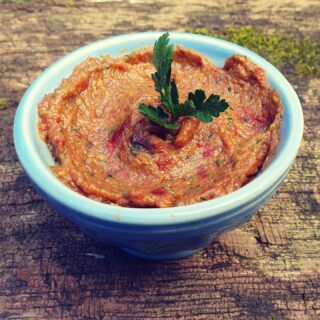



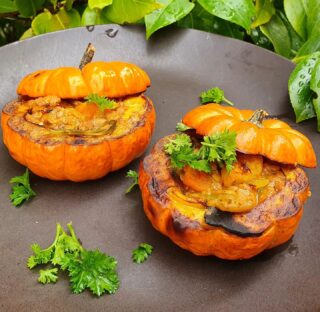






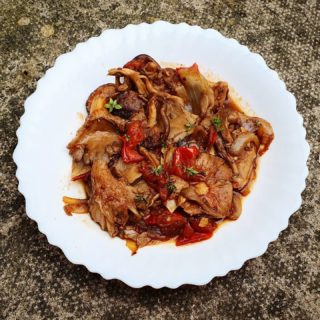

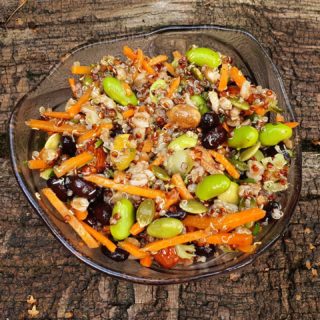
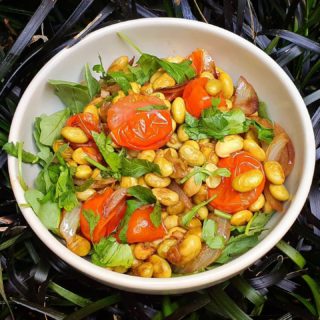






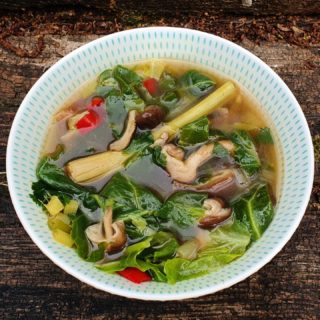
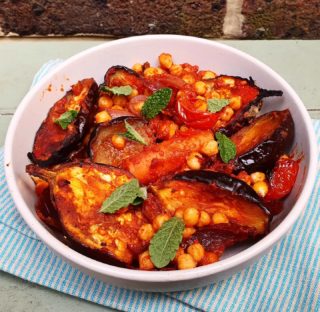

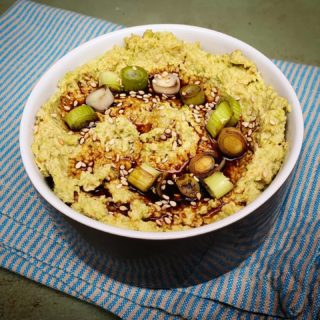

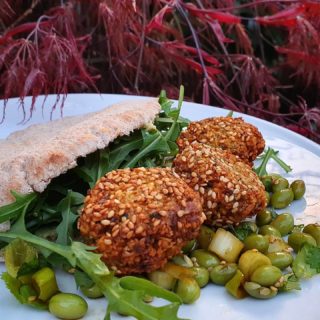
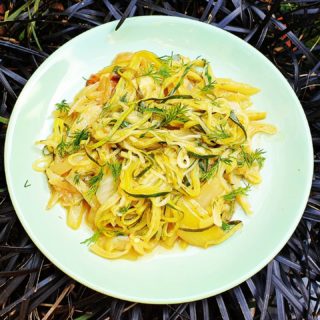
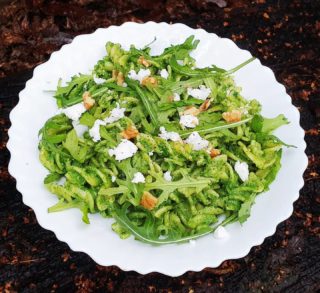
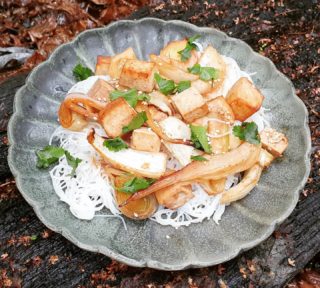
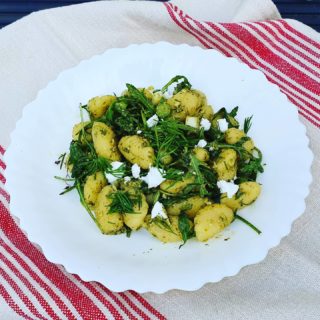



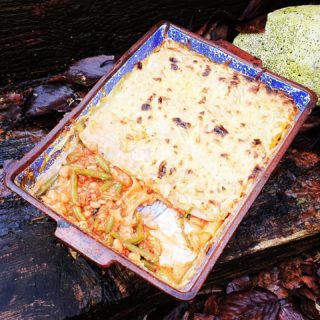

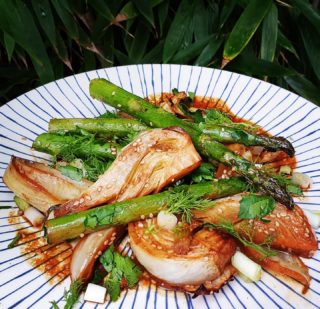
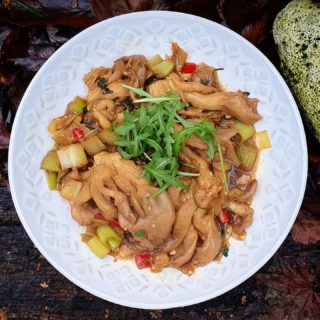





No comments yet.